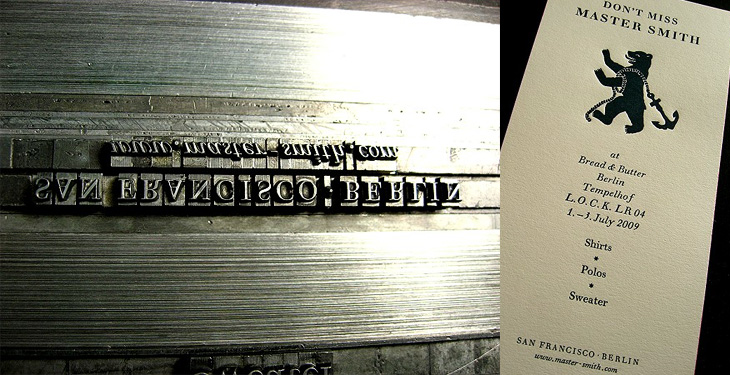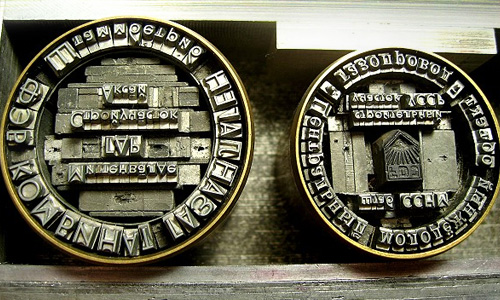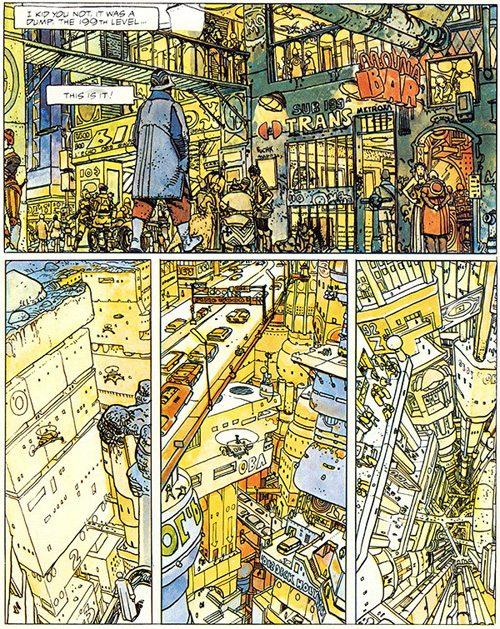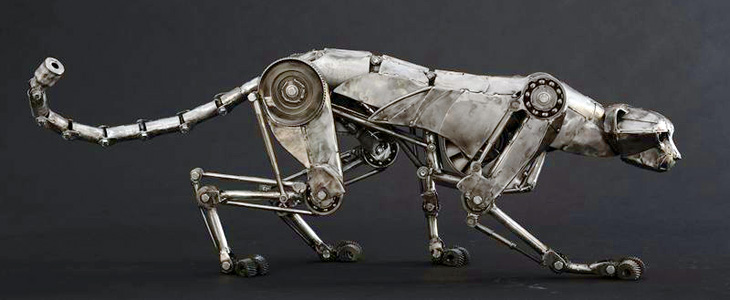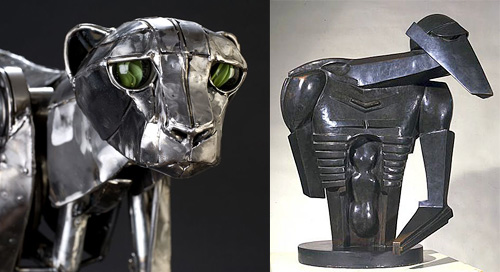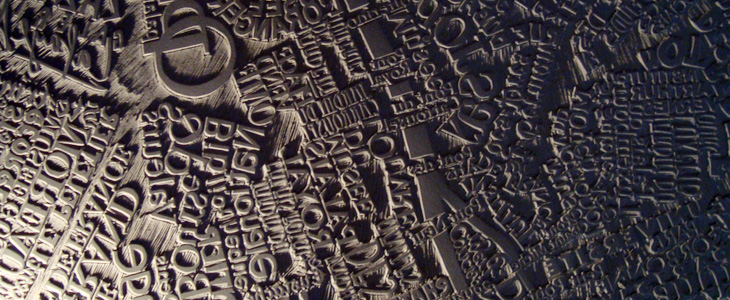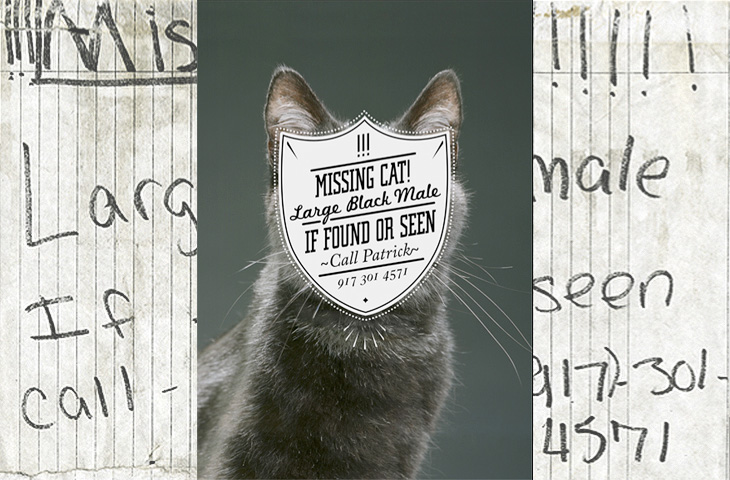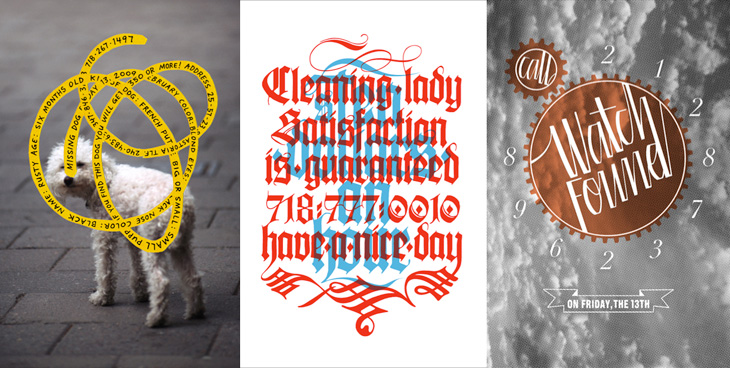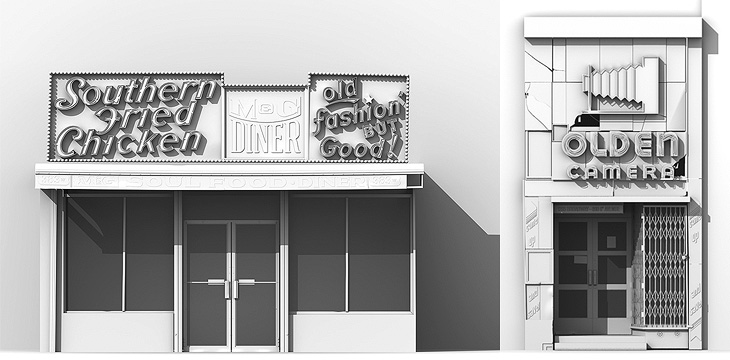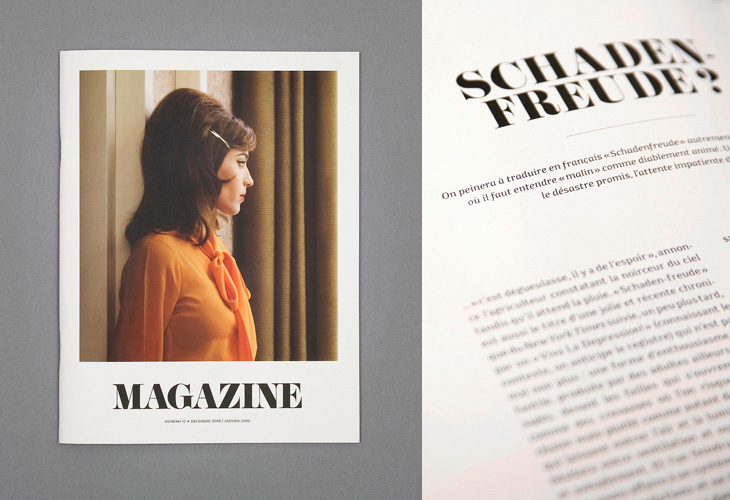Only yesterday I posted about cities, maps and dense architecture, and I find this on NOTCOT - Instant Hutong. It’s an art project to both record and to bring to people’s attention the traditional patterns of neighbourhoods, courtyards and lanes in Beijing - under threat from development (of course). When I saw the small picture on NOTCOT, I thought it was actually close-set lettering as the main streets appear to form natural ‘baselines’ in the dense pattern of buildings. Interestingly, one of the pieces in the project is a collection of name stamps, set with small chunks of the street pattern - bringing to mind the idea of the built environment as being part of people’s identity, a kind of language they use in interacting with the city and the world. To lose that language, the structures of the city, the place where you grew up, is to lose a part of your identity - not a particularly controversial or new idea, but definitely worth reminding ourselves of from time to time.

There are some more pictures here, on the Instant Hutong portfolio on Behance.

